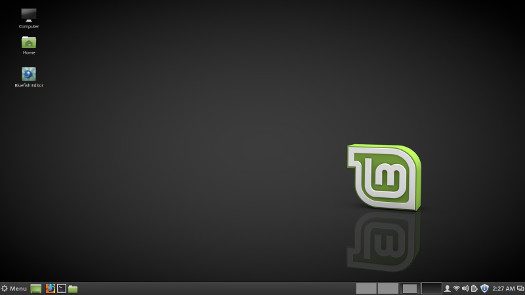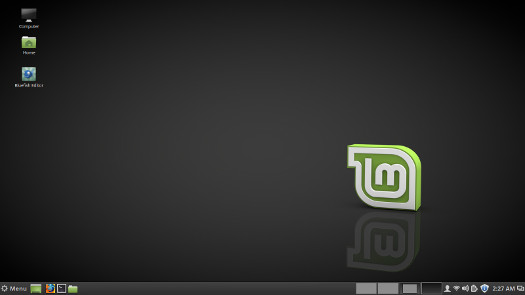Also included: Gilles Chanteperdrix passes, corporate Linux, Cisco patches against the NSA, MariaDB’s proprietary moves, Netrunner becomes Maui, Ubuntu to replace Upstart, Fedora and Wayland, and Linux client for Yandex Disk.
FOSS Week in Review
The last LinuxCon: This year’s LinuxCon, held in the city of Toronto which is one of my favorite old haunts, was the last love fest for Linux under the name LinuxCon, which had come to be synonymous for a certain type of Linux festival. In a way, it’s fitting this should be the last as the show ended on the day before Linux’s 25th birthday and was, in many ways, a celebration of the first quarter century of Linux. In another way it’s a crying shame. LinuxCon has come to stand for the community spirited nature of Linux, even though backed by the Linux Foundation, which becomes less of a community organization with the passing of each year.

Christine Hall has been a journalist since 1971. In 2001, she began writing a weekly consumer computer column and started covering Linux and FOSS in 2002 after making the switch to GNU/Linux. Follow her on Twitter: @BrideOfLinux




 Better Fedora laptop support on the way: Red Hat has made an announcement that should eventually have a positive effect throughout all Linux distros. Today we learned from
Better Fedora laptop support on the way: Red Hat has made an announcement that should eventually have a positive effect throughout all Linux distros. Today we learned from 





 FCC supports open source Wi-Fi firmware. For the last several months many open sourcers have been up in arms because it looked as if the door was being closed on open source on Wi-Fi routers after the agency changed it’s rules around radio interference on the 5 GHz band, making it difficult for router makers to allow users to install open source firmware on their routers. All along, the FCC claimed that shutting out open source use wasn’t part of the game plan, but we FOSSers are a suspicious lot and we weren’t buying it.
FCC supports open source Wi-Fi firmware. For the last several months many open sourcers have been up in arms because it looked as if the door was being closed on open source on Wi-Fi routers after the agency changed it’s rules around radio interference on the 5 GHz band, making it difficult for router makers to allow users to install open source firmware on their routers. All along, the FCC claimed that shutting out open source use wasn’t part of the game plan, but we FOSSers are a suspicious lot and we weren’t buying it.

 LibreOffice has been in the news this week. The big story, which we first heard on Tuesday, is that Canonical has joined
LibreOffice has been in the news this week. The big story, which we first heard on Tuesday, is that Canonical has joined 
